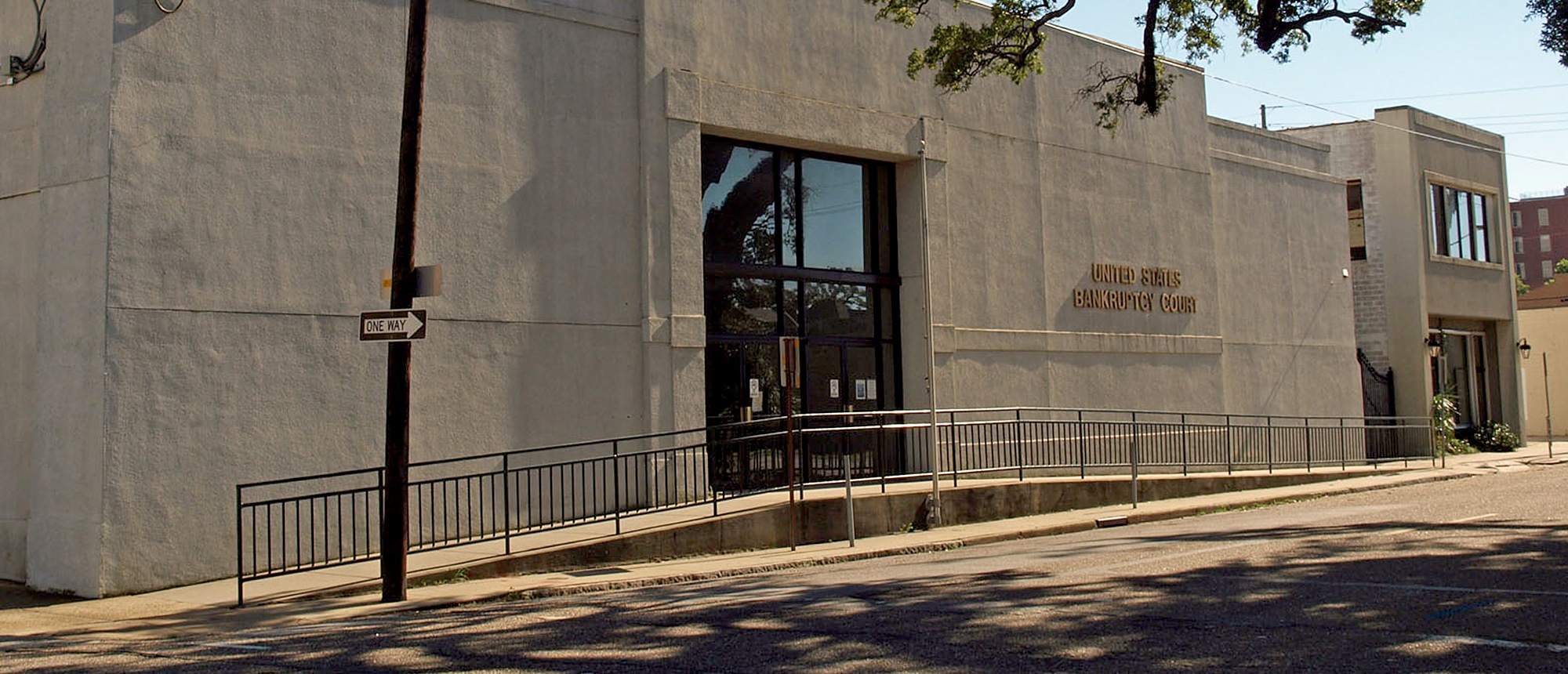Entitlements Hysteria
One of the unshakable myths of the punditariat is that the federal government is going bankrupt because of entitlements spending, especially spending on Medicare and Medicaid. Each day we hear the drumbeat saying that either we cut entitlements now or we are finished as a nation. This is a stampede of unreason, contradicted by the facts.
Look at the new budget released at the beginning of the week. Table S-6 on page 212 is the operative page. According to the President’s budget, Medicare and Medicaid would rise slightly from 5.1 percent of GDP in 2011 to 5.5 percent of GDP in 2020. Not exactly the stuff of deficit cataclysm.
So what is the source of the hysteria? Some of it is simply propaganda, by those with the political agenda to gut the country’s social safety net.
But there is something else. Confusion! The punditocracy is repeating the results of forecasts that indeed suggest calamity, but calamity in the late 21st century, not now. These long-term forecasts are arbitrary but have been repeated as an immutable fact by those who don’t read the fine print. The most frequently quoted forecast is that of the Congressional Budget Office.
The CBO’s long-term forecast assumes that health care costs will continue to rise steeply during the next 70 years, though at a diminishing rate. If healthcare costs continue to soar for decades to come, then yes, lo-and-behold, the government would eventually go broke. Federal spending on health care would reach around 25 percent of GNP in 2085.
Yet somehow I’m not ready to panic about the health care costs as of 2085. Mechanical extrapolations that assume that health care costs will rise much faster than GNP between 2011 and 2085 are utterly unconvincing. Why should healthcare costs continue to rise so far and fast when healthcare costs are already vastly over-priced now compared with what other countries pay for the same services? Why should we assume failure decade after decade to use the new information technologies to lower the costs of health-care delivery and administration?
In fact, the recent trends are mildly favorable. As J. D. Keinke of the American Enterprise Institute writes today in the Wall Street Journal, the idea of runaway health spending is a “myth” because “new data show that health spending over the past several years has been normalizing toward the rate of general inflation, rather than growing higher and higher, as had been the case almost continuously since the 1970s.”
Public outrage and market pressures are gradually prevailing over the health-care lobby. American households will ultimately get the care they need much nearer to the lower prices that most other countries pay. Even if we don’t get all the way down to the lower costs that we should have, there is no reason to assume that health care costs will continue to soar year in and year out for another seven decades.
Let’s therefore fight the… hysteria demanding immediate and harsh cuts in Medicaid and other health outlays. We do not need to cut off the lifeline of the poor and elderly. We simply need to keep up the pressure against the healthcare lobbies, and resist the panic of the punditariat

